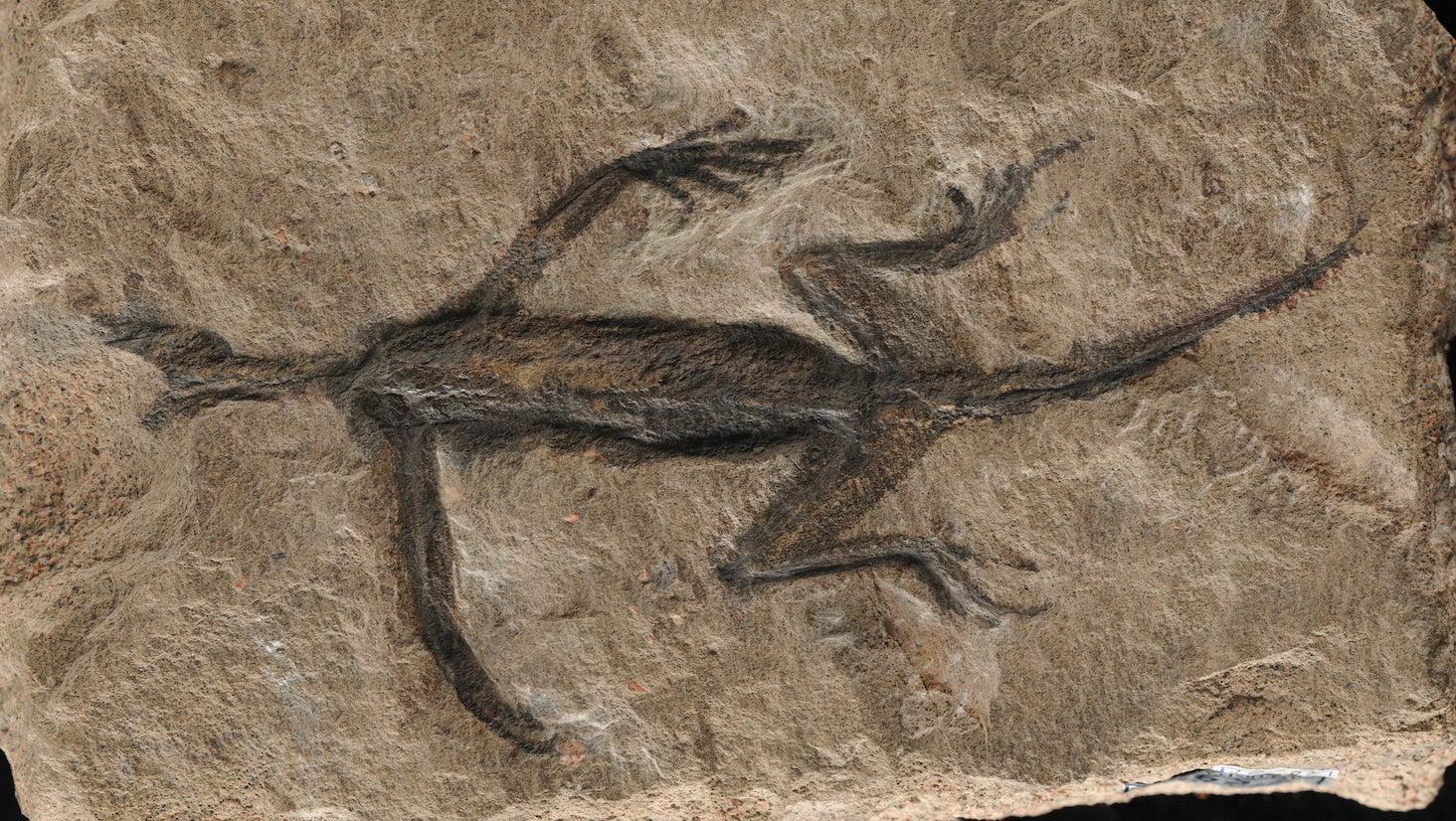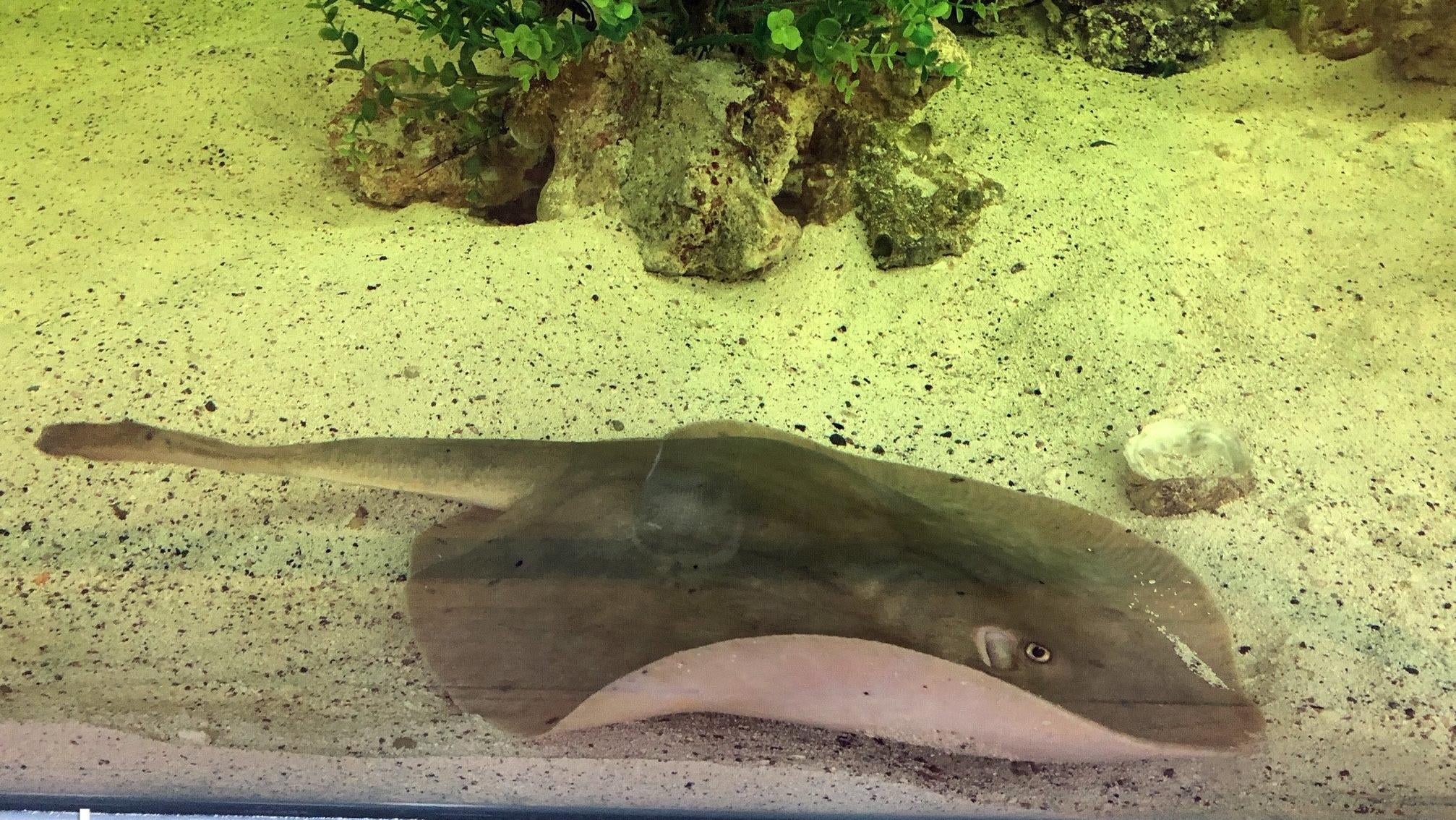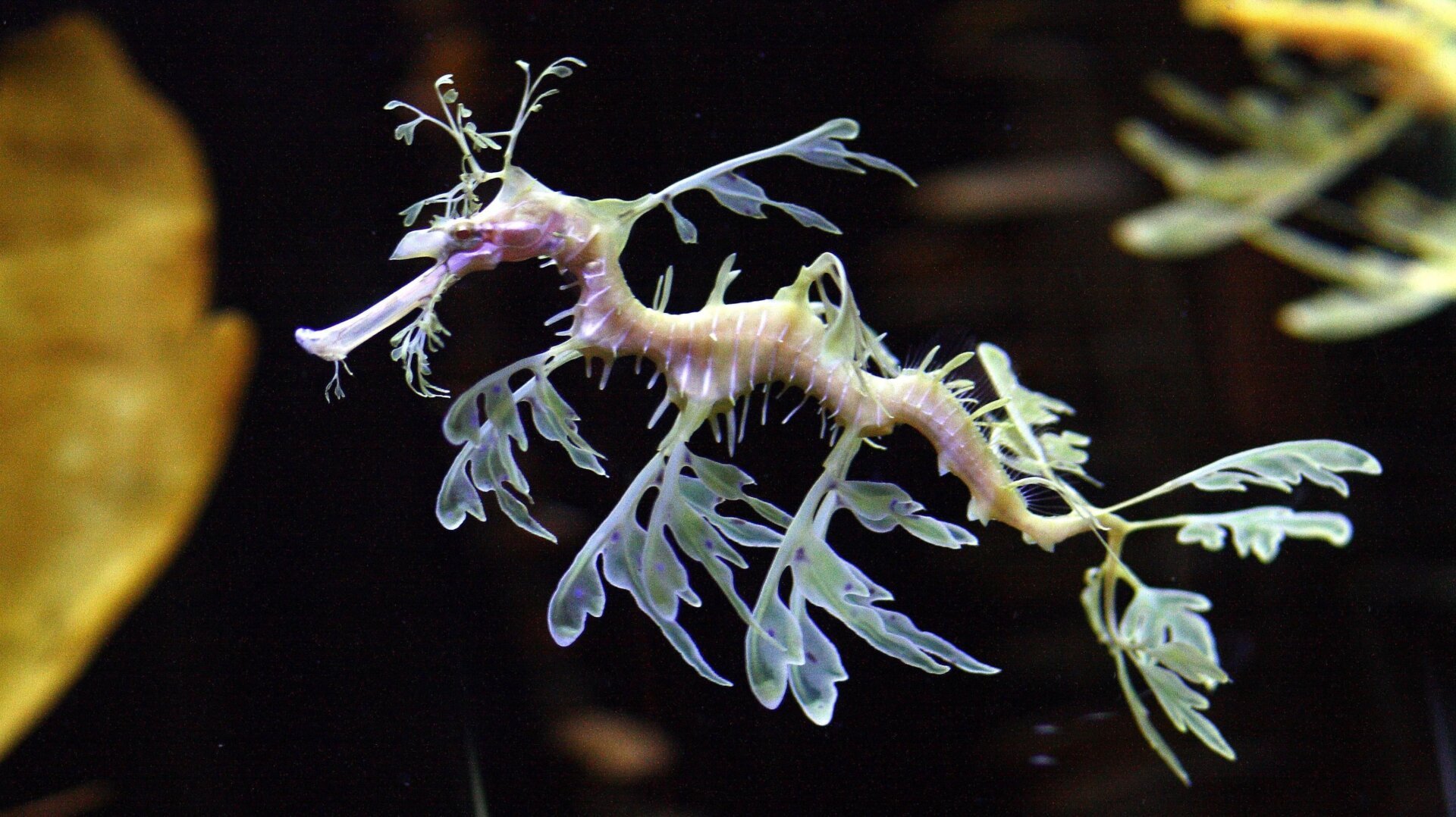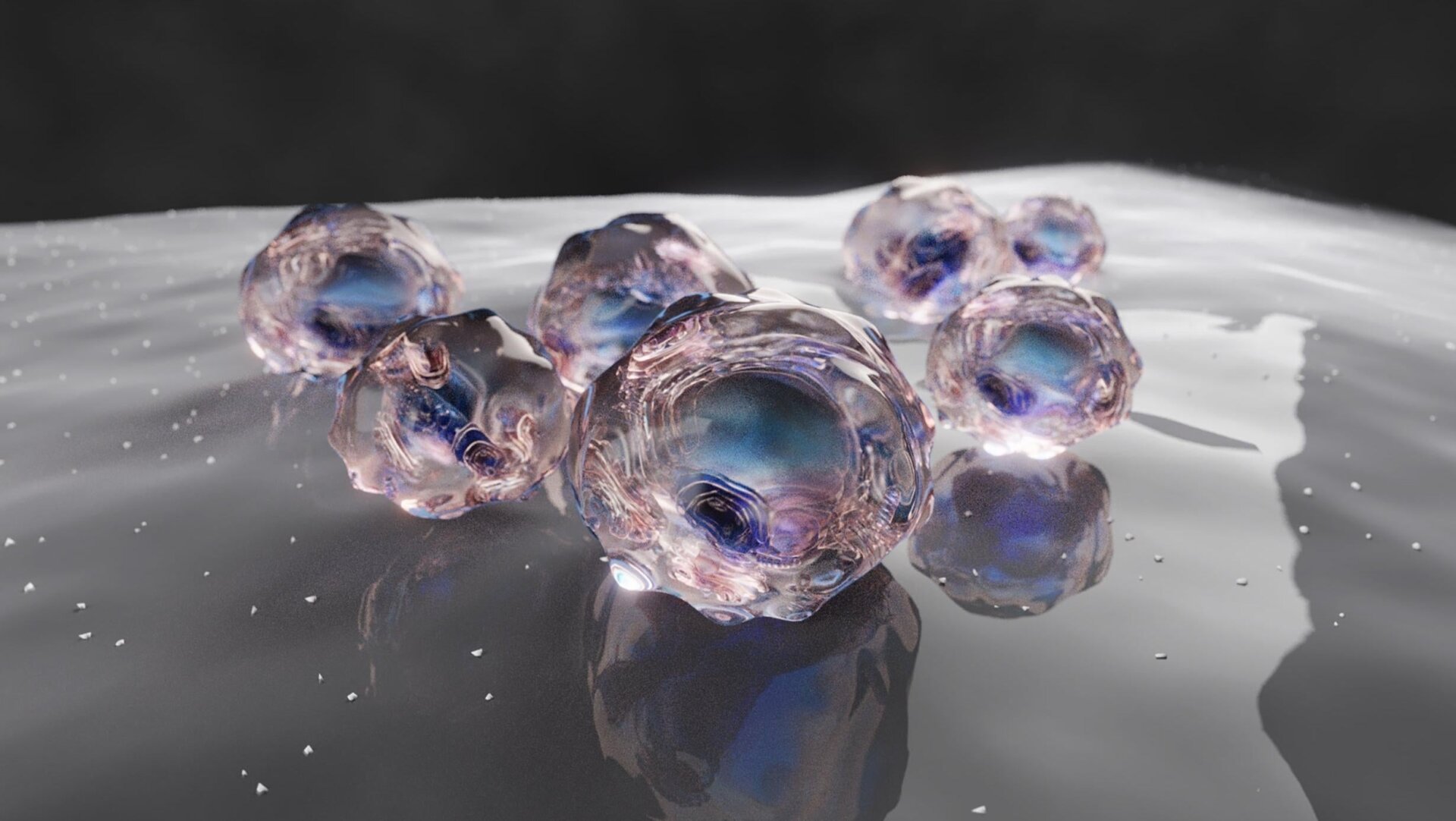The supposed exceptionally preserved fossil of Tridentinosaurus antiquus, a 280-million-year-old lizard-like reptile, has been exposed as a partial forgery, according to a new study published in Paleontology. This revelation challenges previous assumptions about the fossil’s significance in understanding early reptile evolution.
Discovered in the Italian Alps in 1931, the Tridentinosaurus fossil stood out against the rock with seemingly pristine impressions of soft tissue, including all four limbs and the tail. This unusual preservation puzzled paleontologists for decades. “The peculiar preservation of Tridentinosaurus had puzzled experts for decades,” explained Evelyn Kustatscher, a paleontologist at the Museum of Nature South Tyrol, in a University College Cork press release. The mystery has finally been solved, albeit with disappointing results: “What was described as carbonized skin is just paint.”
Initially believed to hold valuable insights into the evolution of early reptiles, the fossil’s seemingly preserved soft tissue proved to be a much more recent addition. While UV imaging revealed a lacquer or varnish coating, hopes that actual soft tissue remnants lay beneath were dashed. The researchers concluded that the fossil had been painted, likely to enhance its visual appeal.
However, the entire fossil isn’t a fabrication. The researchers determined that the animal’s femurs (thigh bones), while not well-preserved, appear to be genuine. Additionally, they identified what seem to be osteoderms—bony deposits forming scales—in the animal’s back. This suggests that while the soft tissue details are artificial, the fossil itself does contain some authentic skeletal remains.
“Fossil soft tissues are rare, but when found in a fossil they can reveal important biological information, for instance, the external colouration, internal anatomy and physiology,” stated Valentina Rossi, a paleontologist at University College Cork and the study’s lead author. “The answer to all our questions was right in front of us, we had to study this fossil specimen in detail to reveal its secrets – even those that perhaps we did not want to know.”
While it took over nine decades to unravel the truth behind the Tridentinosaurus fossil, the findings underscore the importance of thorough examination and the potential for misinterpretations in paleontological studies. Though the extent of preserved soft tissue was ultimately an illusion, the remaining skeletal elements still offer some scientific value. The discovery also serves as a reminder of the ongoing quest to accurately interpret the fossil record and the challenges in distinguishing authentic features from artificial alterations.











